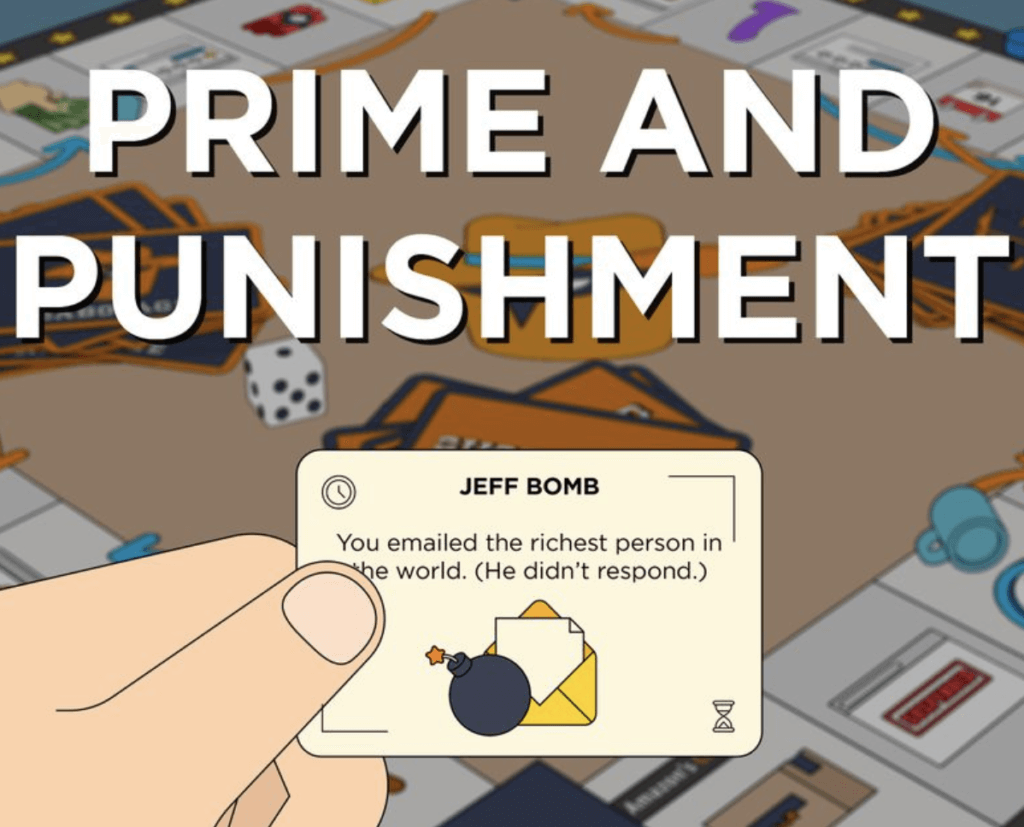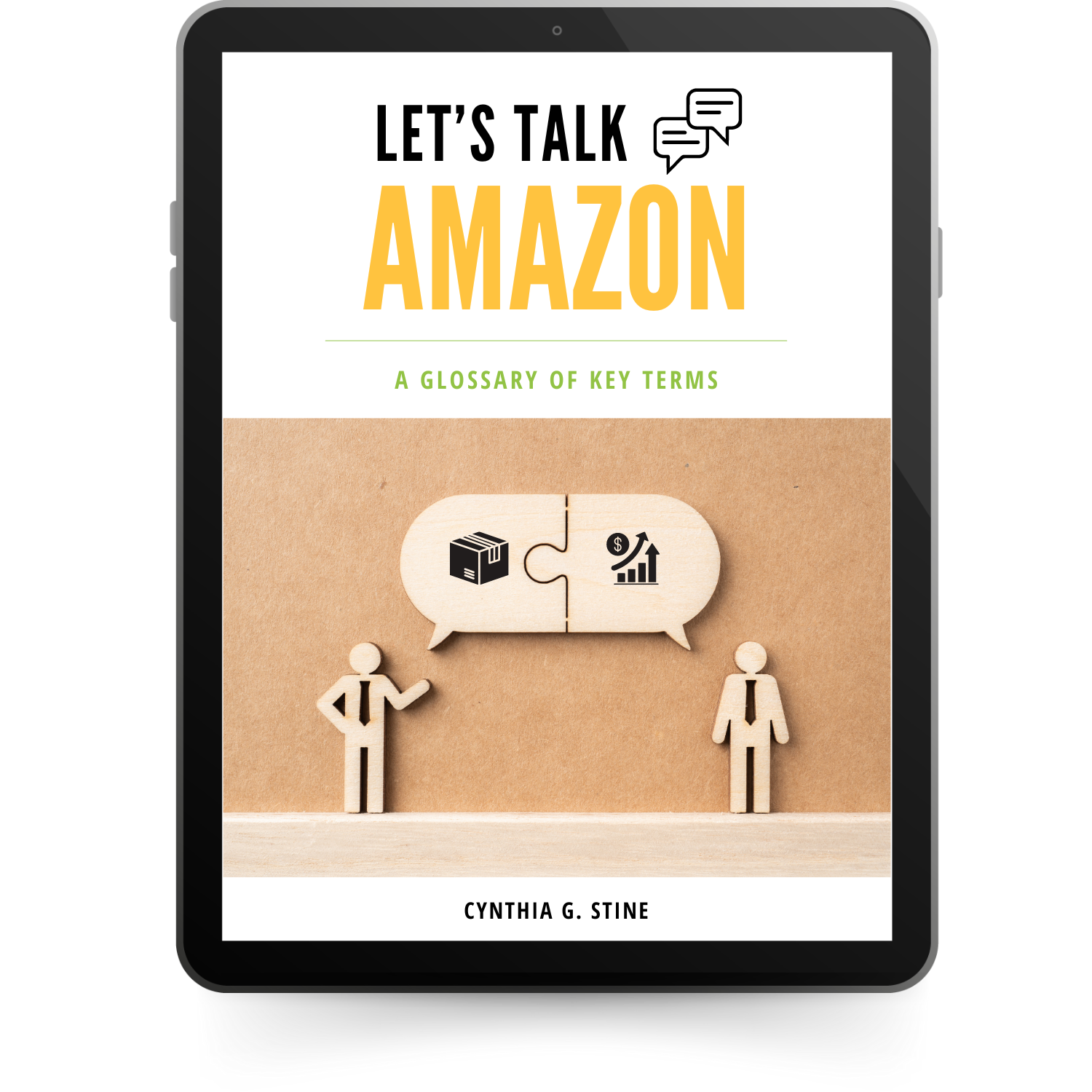Every month, eGrowth Partners helps hundreds of Amazon sellers communicate with Amazon to fix a variety of issues. We keep track of why they are getting suspended and have noticed a sharp uptick of cases where the fundamental underlying cause was bad behavior by another seller.
These are our most frustrating cases because the client is innocent of wrong-doing, but they must jump through all the Amazon seller-performance hoops in order to sell again. To add insult to injury, when they go back to Amazon afterwards to detail what the bad actor did, they are often ignored. The black hat is not taken down or punished for this behavior. They just keep on hammering away at our client. Many will immediately perform the same trick again once our client is back.
What’s Amazon Doing About Bad Actors?
Nothing visible to sellers.
It is obvious to anyone looking at our client’s account what is happening and yet Amazon seems powerless – or uninterested – to stop it. I won’t go into all the crazy conspiracy theories I’ve heard about how Amazon profits from this behavior and that’s why it doesn’t take action.
That’s not it, folks. They do care, but they do not have the processes in place to stop these guys. Everything is an algorithm so there’s little room for measured thought like, “wow, this keeps happening to this guy. Maybe we should stop it.”
Amazon’s current approach seems to be that they will take action sometimes. They talk a good game about caring about sellers and rooting out the counterfeiters, but they are not focused on seller vs. seller damage. They have a policy against it, and they have people that supposedly are looking into cases, but until Amazon announces a real solution, like closing the loopholes that allow bad actors to flourish, they are doing nothing as far as I’m concerned.
And they should be concerned! This should be top of mind as one of the greatest threats to their platform. They are going to lose brand trust, seller trust and buyer trust if they can’t create a level, fair playing field.
These bad actors are deploying tricks that use Amazon’s best tools against it. They exploit the algorithm, they exploit the takedown triggers, they exploit Amazon’s technology weaknesses and they exploit its people who are vulnerable to bribes because the money potential so frickin’ huge.
And it’s not just one or two “bad apple” Amazon employees. How do I know this last part is true? Because I’ve been approached multiple times to enter a “mutually beneficial” relationship with inside actors. And my clients have used these services to get reinstated in a few hours vs. the days and weeks it might take us to get a response from Amazon. I don’t condone sellers taking the easy way out – it’s risky as well as illegal – but I understand it.
I know a seller who pays nearly $30K every time one of his accounts is reinstated. A client recently paid $6K for a small account – another $12K. And one seller I heard of through the rumor mill paid $100K to get back. There seems to be some kind of sliding scale at work. Naturally, the bad actors aren’t sharing the details. Assuming the Amazon employee and the outside broker split the fees, that’s great money for little work.
The stories about Amazon employees providing internal seller data and sales reports to outside brokers is documented by the national news media. I’ve seen the reports and the dealer lists myself. Most of them are cheap to get and worth their weight in gold. Would you pay a few hundred dollars to get every bit of Amazon’s data on your biggest competitors? Sales volume? Ad spend? Most popular products? Category traffic? Keywords? Physical address?
What would you pay to get a list of names and home addresses of Amazon’s top reviewers? It’s tempting, right? The problem is, data theft is not a victimless crime. This data is being used to systematically decimate sellers on the platform. By knowing your competitor’s every weakness, you can slice them open like a sushi chef with tuna.
Black Hat teachers flagrantly flaunt their manipulation of Amazon’s system through free webinars and special by-invitation-only conferences (where they open the full kimono). Even the free webinars I’ve watched lately are helpful to understand how they are taking down my clients. The black hats are open about the data they buy from Amazon and the algorithm hacks that put them ahead of you. Most importantly, if you are accepted into the conference, they’ll tell you how to stop Amazon from tracking you and taking you down for Seller Code of Conduct violations.
Incentive freebies include things like untraceable “stealth accounts” for that rainy day when Amazon shuts down your main account. It’s not the unusualness of that incentive that upsets me. In fact, several of our clients have stealth accounts and I’m not a narc for Amazon. It’s how they use those accounts to enact tactics on the platform that are only possible when you have multiple accounts – tactics that take out other sellers.
How Are Sellers Vulnerable?
I write this knowing that some of my readers are wondering if I will tell them where they can sign up. I won’t. Yet, I get that impulse. Should we fight fire with fire? And the pain to the seller community is excruciating. Honest sellers are being suspended out or henpecked to a slow business death. It takes all the fun out of running a business when you are playing a game you can’t win.
Here are just a few of the different ways that sellers are vulnerable on Amazon:
- A seller buys his competitors’ items over and over and continually reports the item to Amazon as defective or counterfeit. Eventually, Amazon places restrictions on the sellers account and demands supplier invoices. Amazon takes a long time to verify the invoices (or they can’t verify them at all) and the seller is out of commission for weeks.
- A seller hires a company to leave a huge volume of positive reviews on their competitors’ listings. Amazon then goes after the innocent competitor for fraudulent reviews.
- A brand has a competitor literally copy their products, take over their own listings for themselves (hijacking), and then claim to Amazon that THEY have the real, legitimate listing. Some have gone as far as to register another company’s trademark as their own in Brand Registry and then do takedowns of the true rights owner.
- An electronical product seller has a competitor that buys a product from them and then claims to Amazon that it caught on fire. Some of them have astonishing pictures of the product burning as if it was lit with gasoline…just saying. Amazon is very quick to kill listings for safety concerns. The innocent seller then has to show proof of certification from independent third-party testing labs to get reinstated – an expensive and time-consuming proposition.
- A bad actor with a Vendor Central account changes a competitor’s listing to create bad buyer experiences. Sometimes they change the dimensions or weight of the product so suddenly the seller is paying oversize fees on a small box and losing all of their margin on a product. Other times they change the product picture or description so that the buyer is unhappy when they get their purchase. When a change is made through Vendor Central, Amazon considers it a “retail contribution” and it is really hard to get them to fix the listing.
- A recent client had a bad actor that was uploading obscene and vulgar pictures to all of his listings over and over again. He’d get it fixed with Amazon and within a few hours the horrible pictures were back. These were all through normal flat file uploads to the Amazon platform. Amazon couldn’t catch the guy because these were all stealth accounts and the bad actor used a different stealth account every time they uploaded. There was no point in blocking a seller account in other words. Buyers were literally screaming at my client (IN ALL CAPS!!!) in the product reviews. His listings sank like a stone. Do you think Amazon will remove these bad reviews when the problem is fixed? Of course not. They never remove product reviews if they are from legitimate buyers. The damage is done and will keep on killing those listings.
These Dirty Seller Tricks go on and on and on. The Bad Actors seem to be continually finding new ways to exploit the Amazon rules system to hurt competition. In a normal world and process, Amazon would be able to easily see the issues and not fault the victims – but Amazon Seller Performance is NOT normal. It is a very opaque system that is difficult to navigate. It is not a fair or logical system, and the verdicts that Amazon hands down can be devastating for sellers.
The good news is that news media companies are noticing:
From the WSJ: Amazon Fires Employee for Sharing Customer Emails
From Forbes: The New Black Hat Tactics Amazon Sellers Are Using To Take Out Their Competition
From Webretailer: Are Black Hat Sellers Winning the Battle on the Amazon Marketplace?
In fact, The Verge ran an in-depth long form story about the perils and pitfalls of being a seller on Amazon a few months ago. I was honored to be a part of this story that exposes the seedy underbelly of dirty seller tricks. Josh Dzieza and the staff at The Verge really took the time to understand the “Kafkaesque bureaucracy” that honest Amazon sellers face. This article offers a thorough explanation of how bad actors are gaming Amazon’s system and shows the human side of the story as our clients and others fight back.
I encourage all sellers to read this article and learn how any seller with some level of success at Amazon now has a target on their back.

Read the article:
The Verge – Prime and Punishment
And, if this article makes steam come out of your ears, my top recommendation for any Amazon seller who is worried about being subject to an insider attack is to close all vulnerabilities in your account now. That way, if you are the victim of a dirty seller trick, you can recover faster.
So many clients have had prolonged agonies with Amazon because their invoices weren’t from legitimate suppliers, for example. That’s what I mean by vulnerabilities.
I’m working on my next book which will explore Dirty Seller Tricks™ in a way that a blog post – or even a long feature article – can’t. I want this to be a resource for honest sellers about what they are up against, how to recognize bad actor behavior on their account and how to protect themselves/recover faster from a black hat takedown.
I would appreciate hearing YOUR stories and I promise anonymity if you prefer it. Share with me at: badactor@amazonreinstatement.com, and I’ll do what I can to turn the tables on these bad actors.
HOW CAN WE HELP YOU TODAY?
We are known for helping suspended sellers get reinstated, but our goal is to keep sellers from being suspended in the first place. We have more than 25 team members passionately working 7 days a week to protect Amazon sellers like you.
Contact us for specific advice on your situation:

Email: hello@egrowthpartners.com
Website: egrowthpartners.com
Facebook: egrowthpartners
Twitter: eGrowthPartners
Phone: 1-972-432-6398
Come join in on the conversation in our Amazon Seller Advocates Facebook group!
NEWS FROM EGP
- We are launching new tools to help our clients detect and defend against bad actor activity in their accounts. We will roll these out first to our retainer clients and then to the community in the May/June timeframe. So, stay tuned!




